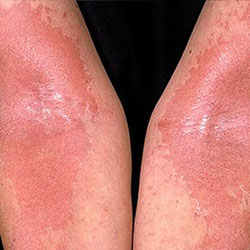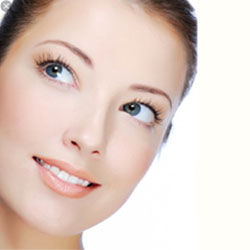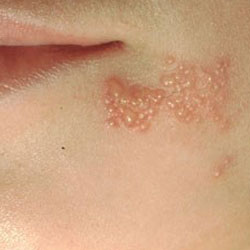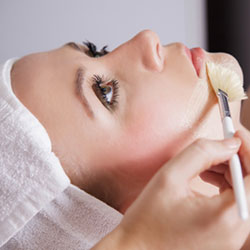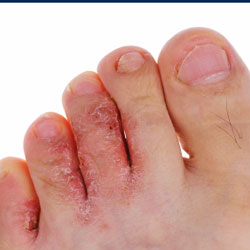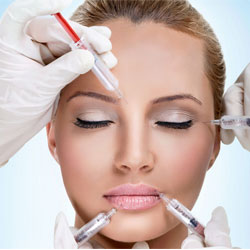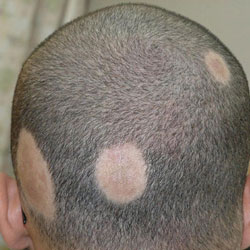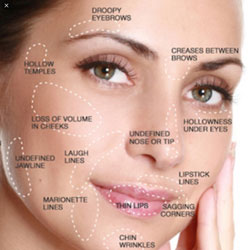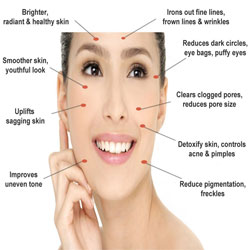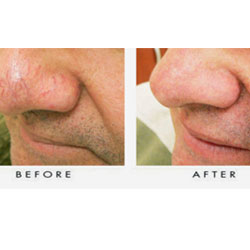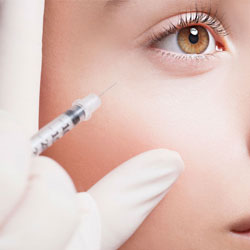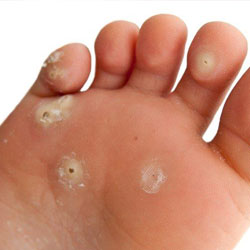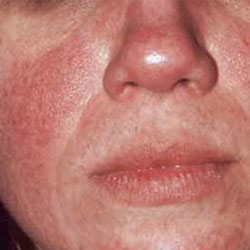
Rosacea
Rosacea
Rosacea is a common, chronic, incurable, adult acne-like skin condition that is easily controllable and medically manageable. Rosacea commonly affects the central third of the face, especially the nose, and its intensity varies over time.
Rosacea symptoms and signs include
- redness of the face (easy facial blushing or flushing),
- tiny red pimples and fine red vascular lines (telangiectasias) on the facial skin,
- rhinophyma (an enlarged, bulbous red nose, like W.C. Fields), and
- eye problems, such as swollen, red eyelids (blepharitis), conjunctivitis, and rosacea keratitis.
Most people with rosacea are Caucasian and have fair skin. The main symptoms and signs of rosacea include red or pink facial skin, small dilated blood vessels, small red bumps sometimes containing pus, cysts, and pink or irritated eyes. Many people who have rosacea may just assume they have very sensitive skin that blushes or flushes easily.
Rosacea is considered an incurable auto-inflammatory skin condition which waxes and wanes. As opposed to traditional or teenage acne, most adult patients do not "outgrow" rosacea. Rosacea characteristically involves the central region of the face, mainly the forehead, cheeks, chin, and the lower half of the nose. Rosacea is not directly caused by alcohol intake, but it can be aggravated by it. Rosacea is not considered contagious or infectious.

